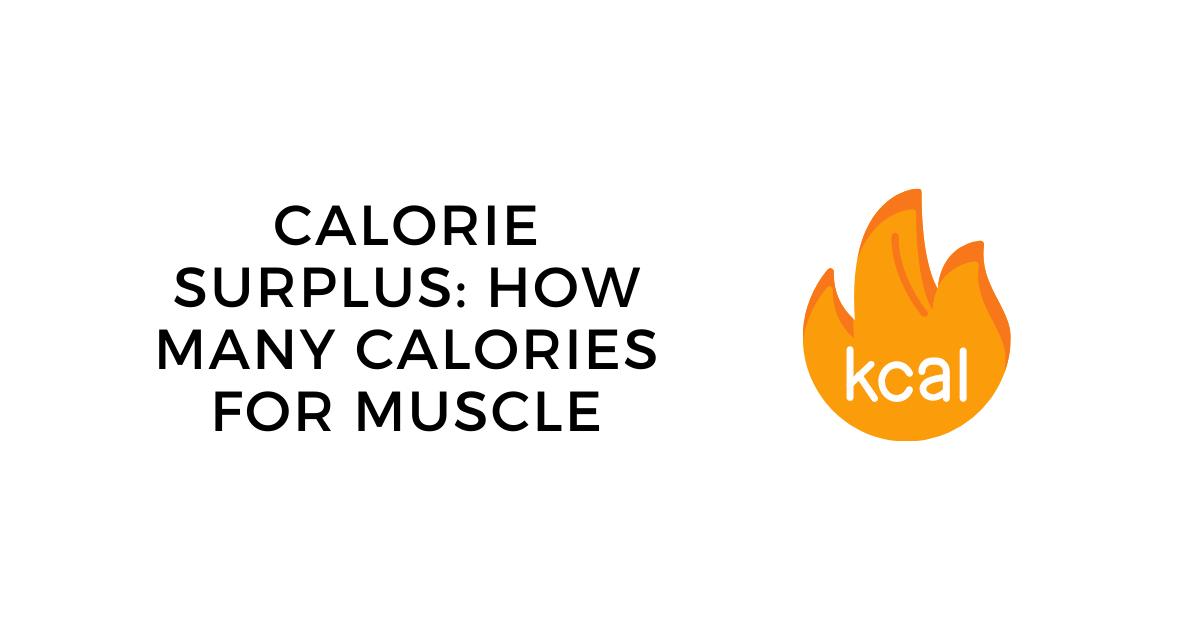
Caloric Surplus: How Many Calories for Muscle Gain and How to Do it
Calorie Surplus
Are you struggling to build muscle despite working out regularly and eating more? It can be frustrating and discouraging when your efforts seem to yield no results.
A well-managed calorie surplus could be the key to your problem, enabling muscle growth and improved energy if implemented correctly and coupled with a balanced diet and consistent strength training.
Learn how to use a calorie surplus the right way to build muscle without adding fat.
What is a Caloric Surplus?
A caloric surplus occurs when we eat more than we burn. It's fundamental that our bodies need energy to function, and we provide that energy in the form of calories.
When we consume more calories than we use, we create a surplus. For example, if you burn 2500 calories in a day and eat 2900, you're in a 400 calorie surplus.
Gender and Calorie Surplus
There are calorie burning differences between biologic males and females due to different levels of hormones like testosterone.
Males produce 20 times more testosterone during puberty than women. This results if levels that are 15 times higher throughout life (1.)
This is the reason why males typically have a larger stature, with bigger bones, joints, muscles and more masculine features like thick facial hair, body hair, broad shoulders and defined jawlines.

image via beasts train mean
And because of the higher testosterone levels, males have a greater genetic potential for building muscle compared to females. As a result, they can synthesize more muscle from a surplus of calories and generally consume more food.
It is crucial to understand your genetic ability based on gender when considering your muscle gain goals. Our bodies have a limited capacity to synthesize new muscle tissue within a specific timeframe, so simply consuming more food does not always lead to more muscle growth.
In fact, exceeding a certain amount of caloric intake often results in increased fat gain. Let's go through each biological sex in more detail.
Calorie Surplus for Biological Males
Males want to add between 200-400 calories above maintenance levels in order to create an effective calorie surplus that will not lead to fat gain.
Say you're a male weighing 180 pounds. Your daily maintenance caloric intake is 2500. For gaining muscle, you need to add 300 calories to it. The new total, 2800, becomes your target daily intake for growth.
Calorie Surplus for Biological Females
For females, things are a tad different. You'll want to aim for 100 to 300 calories above maintenance to gain muscle. As a lady of 130 pounds needing 2000 calories for maintenance, you'd add 200 to that.
Your new goal would be 2200 calories daily. It's slightly less than men because women generally possess a slower metabolism and less overall muscle mass.
Variables That Influence Muscle Gain
The main variables that influence muscle gain apart from biologic sex are experience level, your frame, muscle length and hormone status.
Let's go through each of these in more detail below.
Experience Level
Experience level influences how your body reacts to a caloric surplus. If you're a gym newbie, you can generally gain more muscle faster.
This is because you have not come anywhere near your genetic potential for muscle yet. This is good news by the way! Experienced gym goers would kill for this potential.

People in the field refer to this as the "newbie gains" effect! Those with years of training experience may find their muscle gain slower, even with a surplus. Constant workouts help improve muscle mass rather than store excess calories as fat.
Bone and Frame Size
Your bone and frame size significantly affect your muscle gains. If you have larger bones then you can handle more training stress, aiding muscle growth since stress leads to muscle gain.
You can only pack so much muscle onto a small frame. So make sure you are honest with yourself in terms of your genetics an where you can get to. That being said, other things like can also affect specific muscle areas because of how they impact certain lifts:
|
Area of Body |
Which Lifts It Helps |
Muscles it Targets |
|
Long Arms |
Deadlift |
Glutes, Hamstrings, Back |
|
Short Arms, Thick Chest |
Bench Press |
Chest, Arms, Shoulders |
|
Short Torso, Wide Hips, Short Legs |
Squats |
Legs and Back |
Muscle Length to Tendon Ratio
Your muscle belly length also dictates your muscle gain capability. Longer muscle bellies means you have more room for growth because they have a larger cross sectional surface area! But tendons also play a crucial role. Short tendons give you a greater potential for growing muscle compared to long tendons.
Unfortunately, those with shorter muscle bellies and longer tendons have their muscle building abilities inherently restricted by genetics. But don't let that discourage you! You can still achieve fantastic results with determination and consistency.
Tendon Insertion
The biomechanical advantage and strength potential increase as the tendon insertion point moves farther away from the axis of rotation. This sounds confusing but bear with me.
The impact of the tendon insertion point on a bone can be likened to the position of a door knob on a door. If the knob (tendon) is further away from the hinge (elbow), it provides greater leverage, making it easier to pull the door (bone) compared to if the knob was closer to the hinge.
So you ideally want a tendon that inserts further away from your from your joint in order to lift more weight and gain more muscle.
Hormone Status
Your hormonal profile shapes muscle gain potential in a big way. You might be thinking testosterone, right? It's responsible for enabling significant muscle growth or hypertrophy. Men, with their higher testosterone levels, have more growth potential. However, women can also benefit from this hormone during regular strength training.
Here are a few other hormones to pay attention to:
- Estrogen, while not as potent anabolic, aids in muscle repair. Achieving a caloric surplus could lead to modest gains even under estrogen's rule.
- Thyroid hormones play a crucial role in muscle growth by regulating the metabolism, protein synthesis and neuromuscular function. These directly impact your muscle development and recovery.
- Cortisol, a stress hormone, can negatively impact muscle growth as it stimulates protein degradation and inhibits protein synthesis. High levels will reduce your potential for muscle gain.
Calculating Your Calorie Needs for Muscle Gain
Step one is to determine your maintenance calories. From here you want to calculate how many extra calories per day you need to build muscle without adding unnecessary fat.
How to Determine Your Maintenance Calories
Before deciding to increase your caloric intake, you must figure out your maintenance calories. Maintenance is how many calories you need to eat to stay at the weight you are currently at.
That's where handy calculators come handy. Just input your age, weight, height, gender and activity level and your goal. For maintenance, select the goal of 'Stay the Same Weight' from the drop-down menu.
This will give you an estimate of your maintenance calories comes into play. But remember, the calculator-derived number is an approximation that gives you a starting point. To pinpoint your specific needs, try out that calorie amount for a few weeks. If your weight stays consistent, you've hit your maintenance level.
How Many Calories Should I Eat to Gain Muscle Mass
As research suggests, a surplus of about 100-400 calories daily above your maintenance intake is ideal for moderate muscle growth while minimizing potential fat gain.
For productive muscle growth, you'll want to aim for a 1:1 ratio of muscle to fat. This mean you gain one-pound muscle per one-pound fat.

Go back to the calculator above and select 'Gain 0.5 Pound Per Week' as your goal. This will give you an estimated daily calories to hit.
Now, let's turn to macros.
Figuring Out Macronutrient Intake
Understanding Macronutrients in Relation to Caloric Surplus
You can't just blindly stuff calories and expect to reach your goals without gaining a ton of fat in the process. You need to hit specific macronutrient ratios to put your surplus of calories to good use.
Here is a basic guideline you can follow for a calorie surplus plan.
- Protein: aim for 1 g per pound of your goal body weight. For kg, take your weight and multiply it by 2.2 g. So if your goal weight is 200 lbs, aim for 200 grams of total protein per day.
- Fats: 25% of your total calorie intake should be from fats. Many people go too low with fats and end up messing up their hormones. Fats are incredibly important for absorbing vitamins and minerals because many of them are fat-soluble.
- Carbohydrates: All remaining calories. After your protein and fat intake are set, the rest of your calories should come from carbohydrates.
Let's take a look at what this looks like for a man with a goal weight of 200 lbs and a maintenance level of 3050 calories.
Remember that one gram of carbs and protein is 4 calories while fat is 9 calories. So we take our amount in grams and multiply is by 4 for fat and carbs and multiply it by 9 for far.
|
Macronutrient |
Amount in Grams |
Amount in Total Calories |
|
Protein |
200 |
800 |
|
Fat |
85 |
763 |
|
Carbs |
372 |
1487 |
For fat, we are taking 25% of total calories (total calories * 0.25). And for the amount in grams we divide this number of calories by 9.
For carbs, we take the maintenance calories minus calories from carbs plus calories from fat. 3050-(800+763) = 1487. Then divide this number by 4 to get grams of carbs per day.
Importance of Protein in Muscle Building
Protein is critical for muscle tissue healing and growth. Without it, muscle growth (or hypertrophy) won't happen. This process of growth is muscle protein synthesis. If reaching your protein intake becomes challenging, supplementing with the best protein powder or protein shots can help.
Morning oats or smoothies are great ways for adding protein powder or bone broth powder into your daily routine.
Guidelines for Achieving a Healthy Caloric Surplus
The types of food you consume in a calorie surplus directly impacts your physical results. For example, if you want to gain muscle or weight, you need to do so with the right foods and exercise routine.
There isn't much point pounding calories if you are not going to train properly as this will lead to unwanted fat gain. Below I will explain how foods fit into the equation.
Foods to Eat
Nutrient dense foods will help you reach your calorie surplus with ease. This also ensures that you are not going to run into any nutrient deficiencies along the way from eating junk.
Whole foods ought to be the cornerstone of your diet. Foods you might want to consider are:
- Fruits: apples, bananas, berries and avocados
- Vegetables: asparagus, broccoli and kale
- Starchy vegetables: potatoes and yams
- Quality grains: oatmeal, rice, sourdough bread
- Meat and Fish: salmon, grass fed beef, pasture raised chicken, pork, eggs
- Dairy: cottage cheese, hard cheeses
- Nuts for healthy fats: almonds, macadamia nuts, chia seeds, flax seeds and walnuts

The reality is that you can eat whatever you want when you are bulking. But I would recommend making sure you eat adequate servings of fruits and vegetables daily, along with some quality protein sources to make sure you are hitting your protein goals.
Once you hit your micronutrient needs and protein goals, you can fill in the gaps with fat and carbs. I would not worry as much about the sources unless you are dealing with health issues that necessitate specific foods (allergies, diabetes, high blood pressure, metabolic disease, etc).
Foods to Avoid
Sure, gaining muscle demands more calories, but that doesn't mean you should crush pints of ice cream like it's your last meal. Some foods may seem tempting, but they'll leave you feeling awful, inflamed and maybe sick.
So, what are we talking about here?
The basics are to avoid excess alcohol, refined carbs, vegetable oils, hyper-processed foods, artificial sweeteners, fried food, added sugar and trans fats. You can get an in-depth breakdown of these foods in my article on inflammatory foods.
These foods are highly inflammatory, meaning they kick off a cascade of bad things in your body that can leave you sick and/or predisposed to many chronic health issues including cancer, diabetes and heart issues.

Also, while these types of foods can easily increase your calorie intake, their impact on muscle building is negligible. In essence, they pull you away from your muscle gain goal, rather contributing to unhealthy weight gain.
I'm not saying you need to be a saint that eats bird food and salmon salads. These foods can be enjoyed, but in moderation.
Take Home Point:
- Steer clear of anything with added sugar or vegetable oils.
- Choose whole foods that lead to healthful muscle gains rather than unhealthy weight gain.
Calories Needed Changes Over Time
An important point that is often overlooked is that your calorie needs change over time. They're dynamic, much like our bodies. How does this work? As you put on muscle and gain weight, your body's metabolism and caloric requirements ramp up.
This is because muscle naturally burns more calories that fat (on the human body). So if you are crushing it at the gym and seeing some gains, you will likely need even more calories to keep pushing you into the surplus you are looking for.
So, your maintenance calories and caloric surplus will need recalculations to ensure a steady muscle-gain growth. Training intensity, hormone fluctuation and age also nudge your caloric needs. So, keep reassessing your caloric surplus to stay on track.
Take Note of Your Genetic Limit
Your muscle building potential has a limit which is based on your genetic makeup. Your genetic limit is the upper threshold of muscle mass that you can pack onto your body.
This is why everyone does not look like a bodybuilder, despite going to the gym and lifting weights. Your muscle gain ceiling is unique to you, depending on factors like hormone levels, bone structure and muscle length.
No magical routines, supplements or meal plans can push you beyond this limit. Sadly, but true, we're confined by our genetics. Enhancers like anabolic steroids can break through this limit, but I won't recommend them—they have severe side-effects.
The take home point is to be aware of your genetic limitation and set realistic, achievable goals.
Bulking Up: Clean vs Dirty
There are two schools of thought when it comes to building muscle or 'bulking:' clean and dirty bulking. I'll go through each of these below.
Understanding Clean Bulking
Clean bulking, as the name suggests, is thought to be a cleaner, safer metabolic approach to muscle gain. While I am not a huge fan of the term 'clean,' it is industry standard, so I will use it.
Basically, a clean bulk involves eating nutrient rich, unprocessed foods that will help you create a modest calorie surplus. This is a popular approach for a few reasons:
- Satiation and Hunger: You are less likely to over-eat if you only eat nutrient rich foods because they naturally make you feel fuller and more satiated. You give your body required nutrients to grow while not overeating, thereby minimizing fat accumulation.
- Health: You don't have to worry about as many of the possible health risks associated with putting on weight.
- Sustainability: It is a way of eating you can adhere to in the long-term.
It’s a conservative approach to muscle gain that maximizes nutrition and minimizes the risk of chronic diseases.
The Risks of Dirty Bulking
Dirty bulking is where you eat whatever you want, whenever you want. Some people do this without counting calories or paying attention to what surplus they are trying to create. They just assume they are in a surplus and eat with reckless abandon.

The idea here is that it doesn't matter what you eat as long as you cover your basic nutritional needs and protein. Some people dirty bulk because they know they will do a cutting or dieting cycle after to get rid of the fat gain.
The dark side of bulking, "dirty bulking," can be tempting. You're allowed to consume everything, unrestricted, to gain muscle. Sounds dreamy right?
While it may pack mass quickly, it often leads to excessive fat gain. Besides, poor nutritional choices increase the risk of higher cholesterol levels, elevated blood sugar, leaving you prone to chronic conditions like cardiovascular diseases and Type-2 diabetes.
It's safe to say, dirty bulking is a short-term thrill with long-term consequences.
FAQs
How do I calculate my calorie surplus?
Calculating your caloric surplus is a straightforward three-step process:
- First, calculate your maintenance calories. This is the total calories need to maintain your current weight and is calculated based on your age, sex, weight, height and level of physical activity.
- To create a caloric surplus, add an additional 100-300 calories to your maintenance intake. That's your new target to feed your muscle growth.
Can I lose fat and gain muscle in a caloric surplus?
If you are new to weight lifting, it is possible that you can lose fat and gain muscle. These are known as the newbie gains. But if you are older or a more experienced weight lifter, you will know that it is incredibly difficult if not impossible to gain muscle and lose fat at the same time.
So what are we left to do? Do one, then the other. With a caloric surplus, you're more likely to gain muscle alongside some fat. Once you've attained desired muscle mass, a caloric deficit coupled with strength training can help shed extra fat while preserving muscle.
Is there an ideal caloric surplus size?
Nailing down the ideal caloric surplus can be tricky since it differs for everyone. You need to take into account your biological sex, genetics, training history, size, activity level and age. That being said, most experts recommend a modest surplus of about 100-300 calories above your maintenance intake.
This ensures gradual and controllable muscle growth, minimizing unwanted fat gain. Remember, it’s not about force-feeding oneself. Rather, it's about a strategic caloric increase to feed your muscles just what they need to grow. Adjust as you progress and trust the process. It’s your journey after all!
Closing Thoughts
To build muscle and gain strength, maintaining a moderate calorie surplus paired with regular strength training and a balanced, nutrient-dense diet is essential.
However, it's important to remember that while a calorie surplus can be beneficial, especially for beginners in weight training, it must be managed wisely to prevent excessive fat gain and other health complications.
If you are looking for some quality protein sources to help meet your goals, I recommend checking out my list of the top liquid protein supplements and a high protein bone broth like the one from Bluebird Provisions.
Do you have any questions about bulking or a calorie surplus? Leave a comment and I will get back to you asap.
Disclaimer: this information is for educational purposes only and has not been evaluated by the FDA or CFIA. It is not medical advise. It is not intended to diagnose, treat, cure, or prevent any disease or healthcare issue. Please consult your primary care physician for advise on any of this.
sources
- https://www.ncbi.nlm.nih.gov/pmc/articles/PMC6391653/

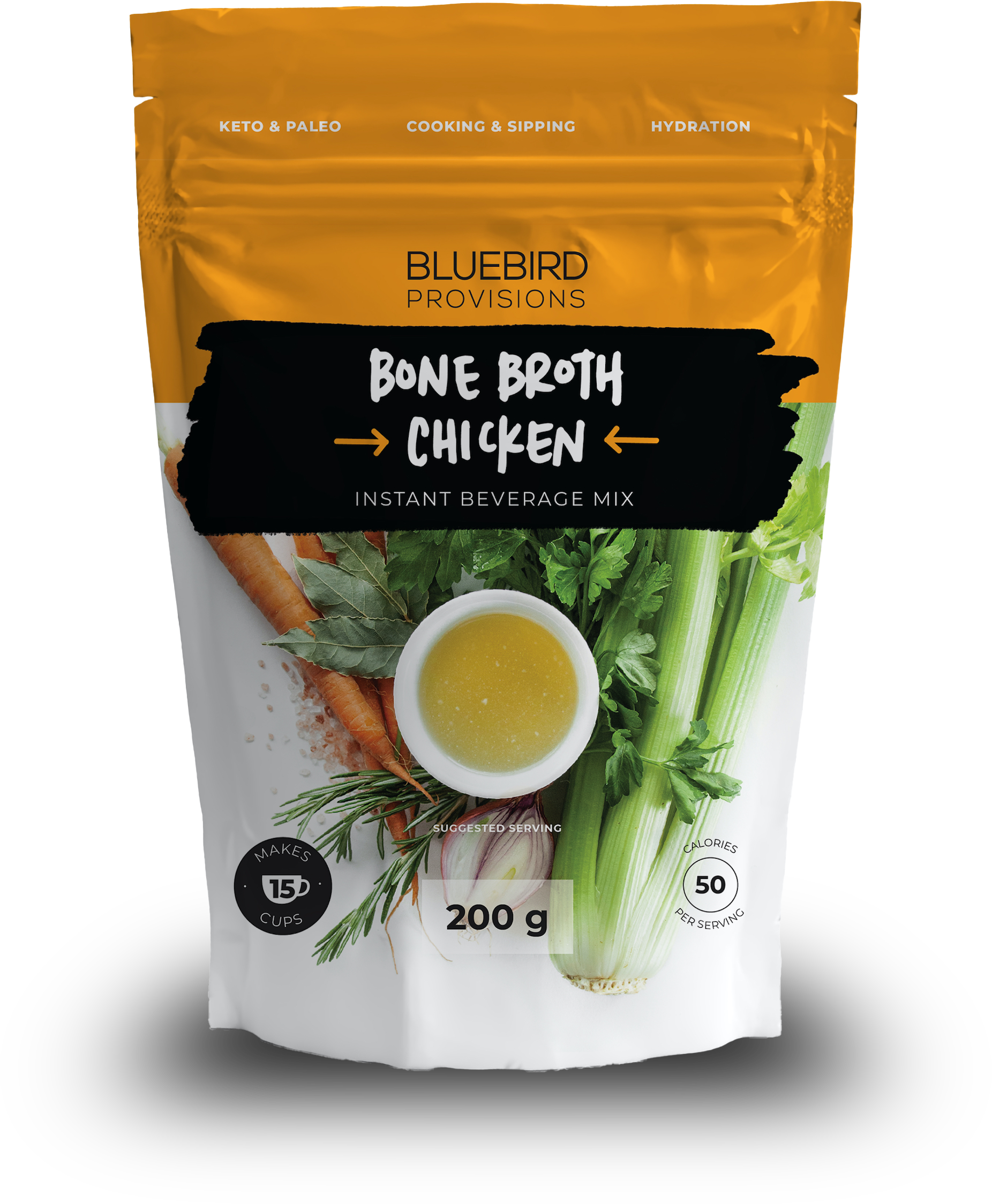

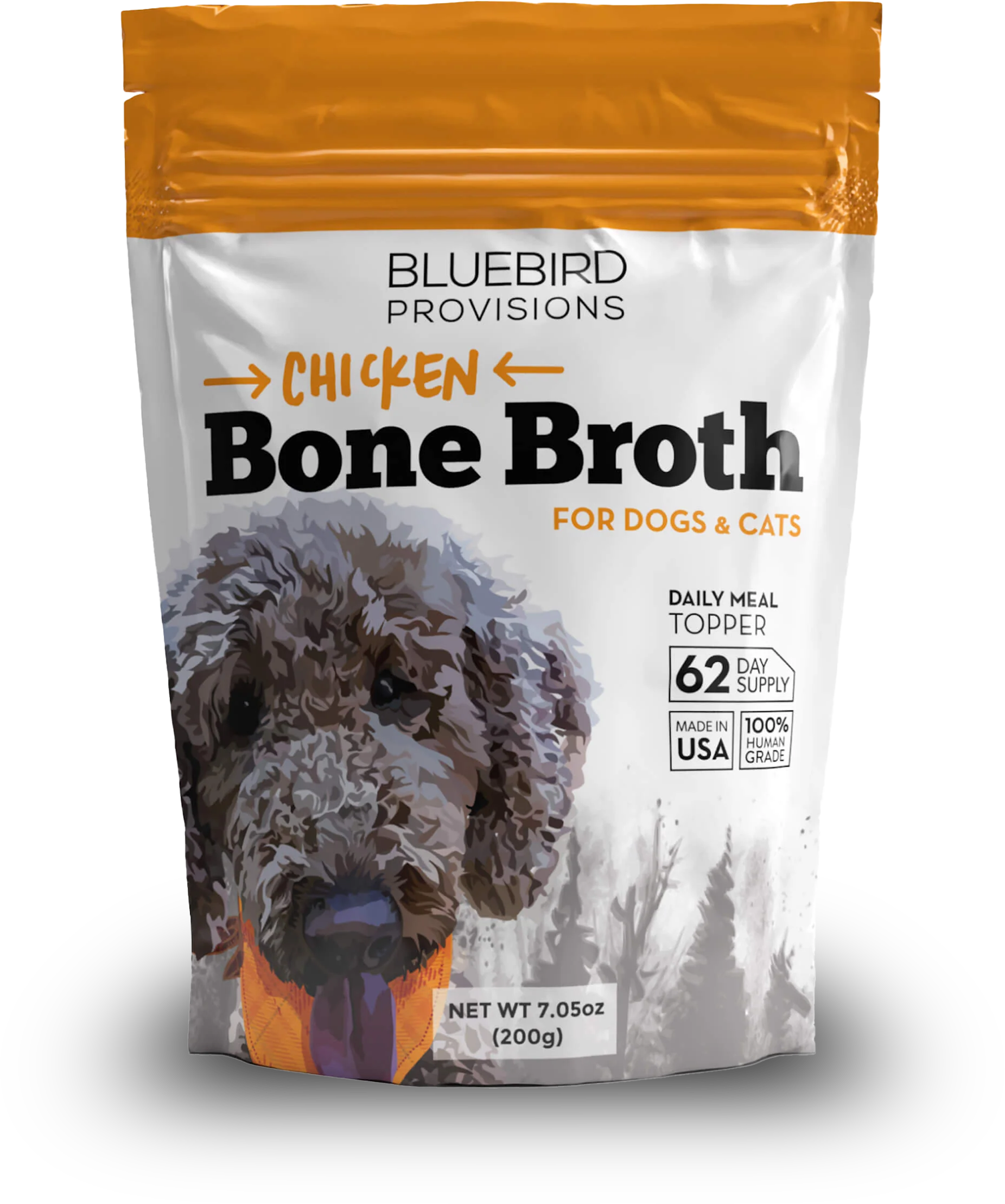
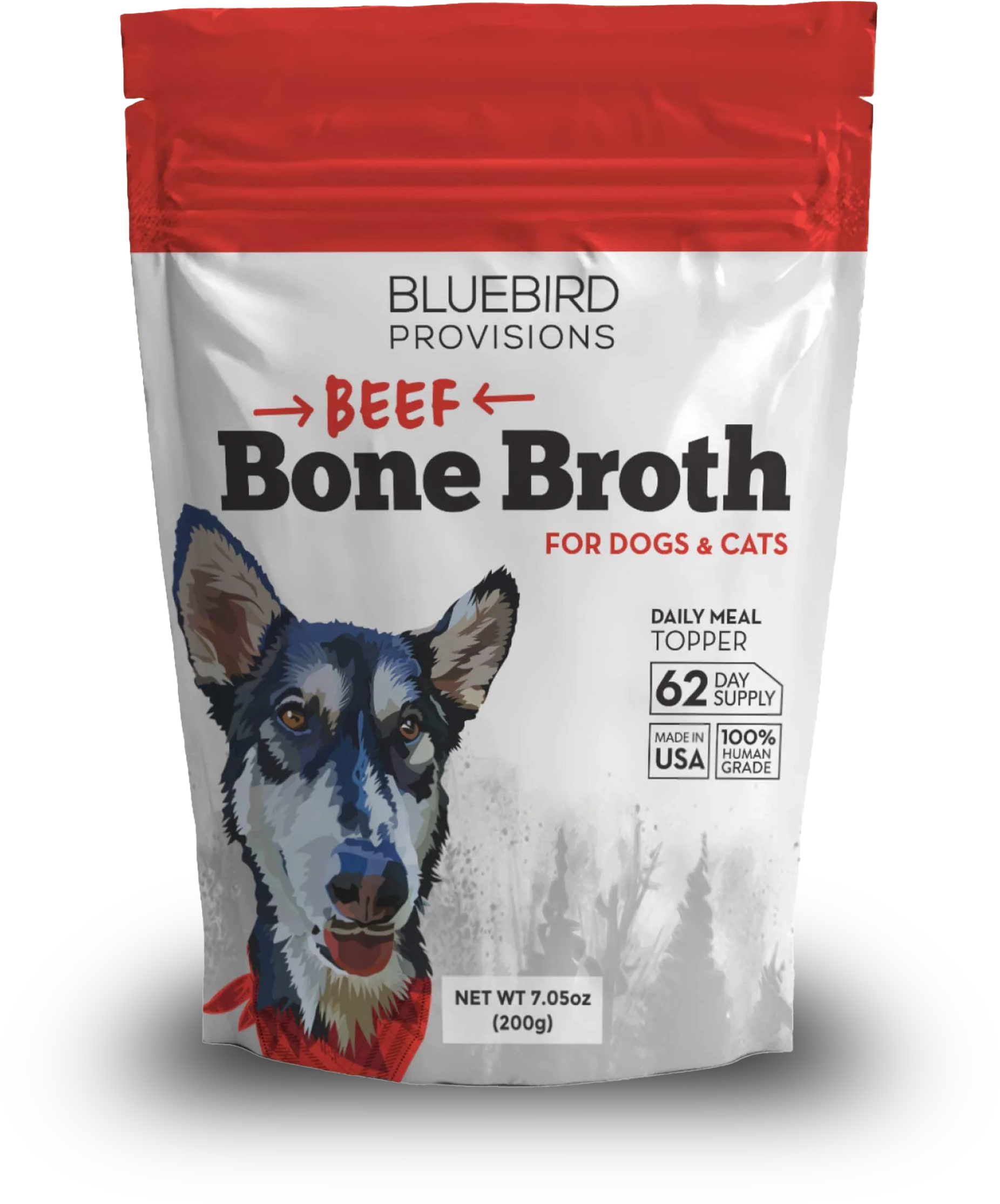

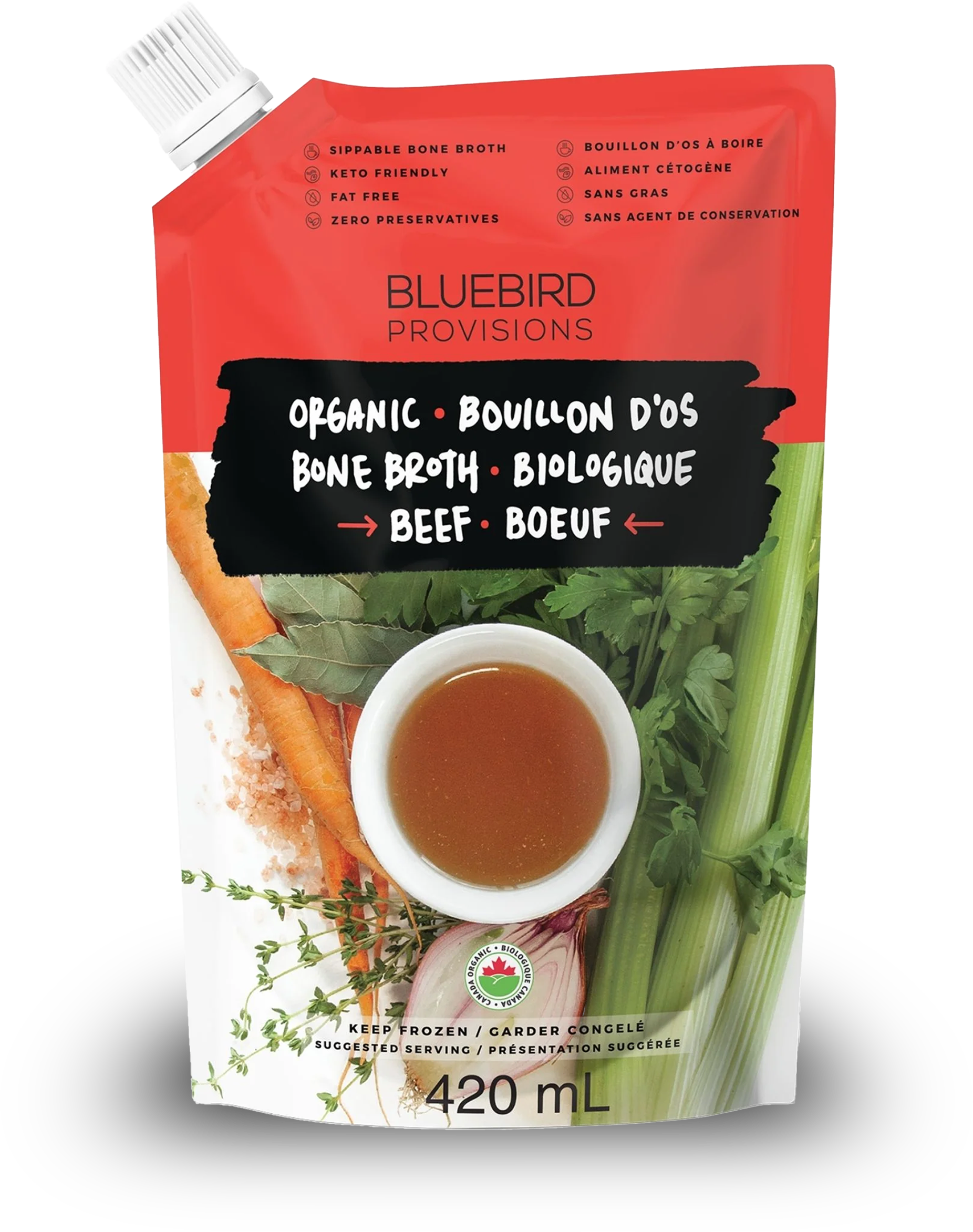
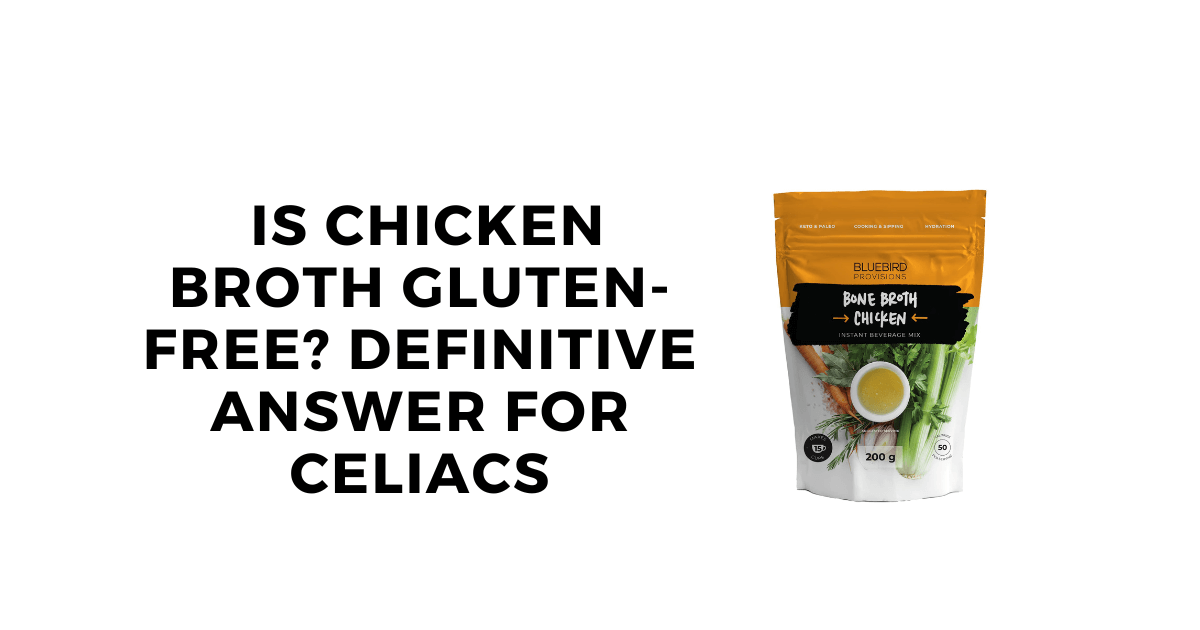


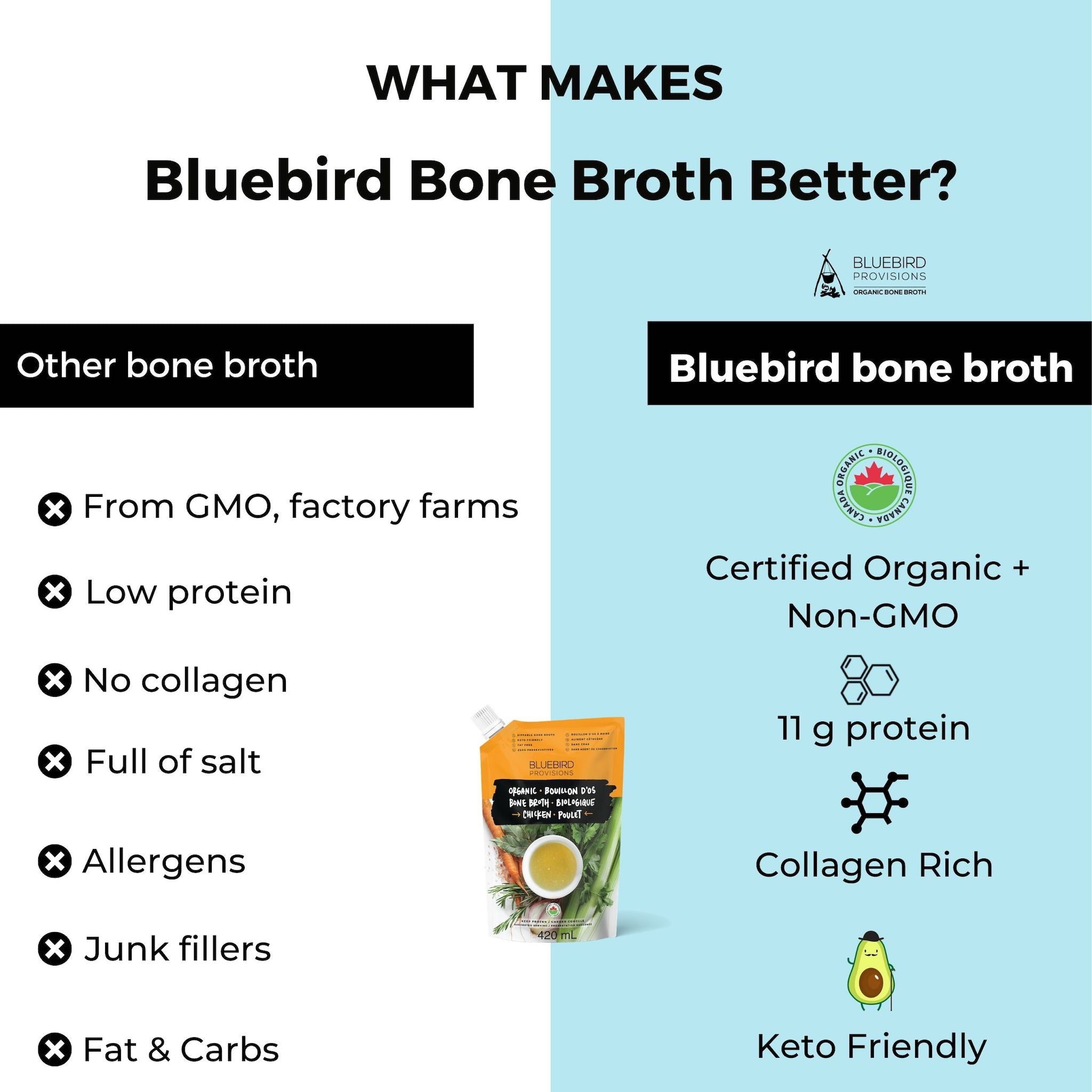

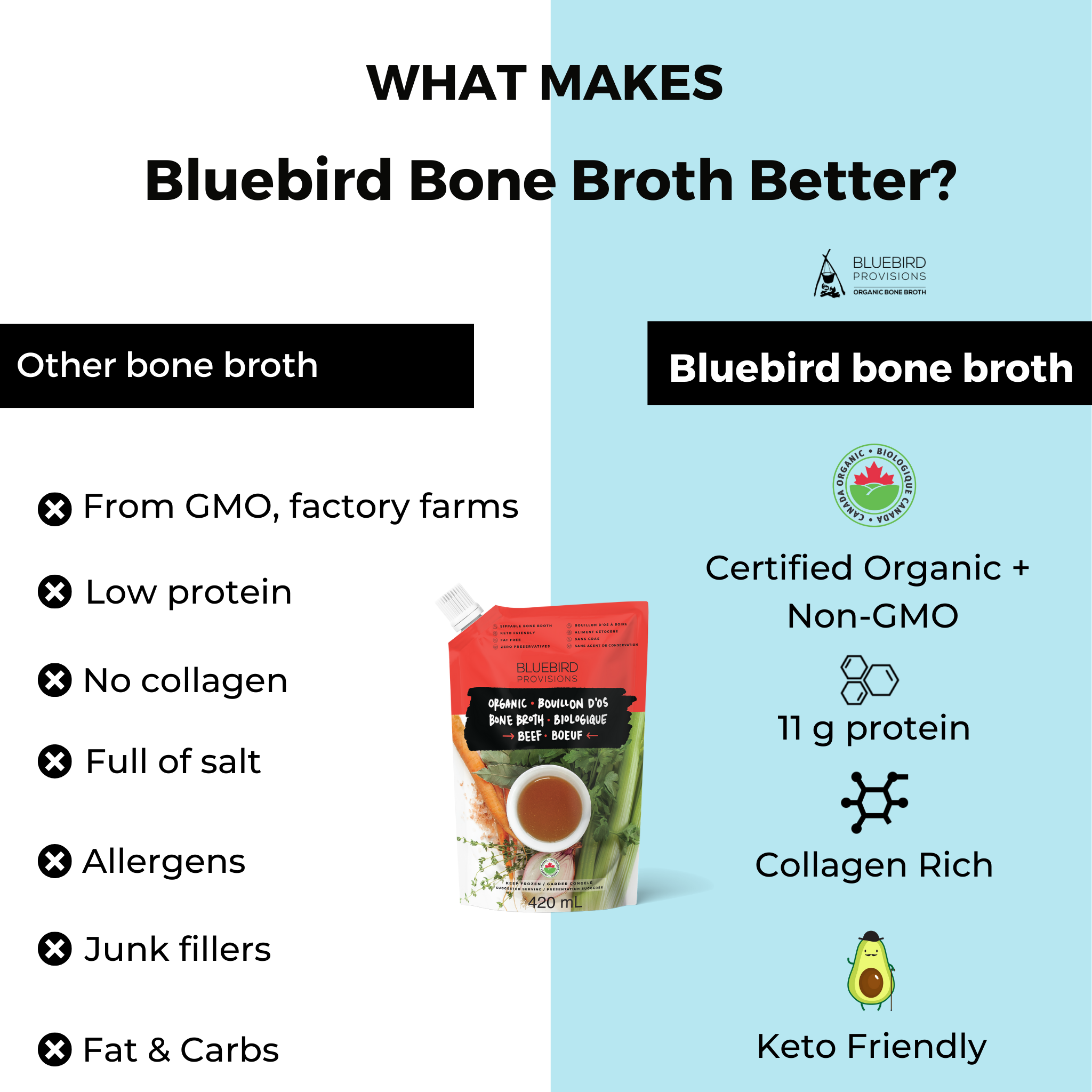
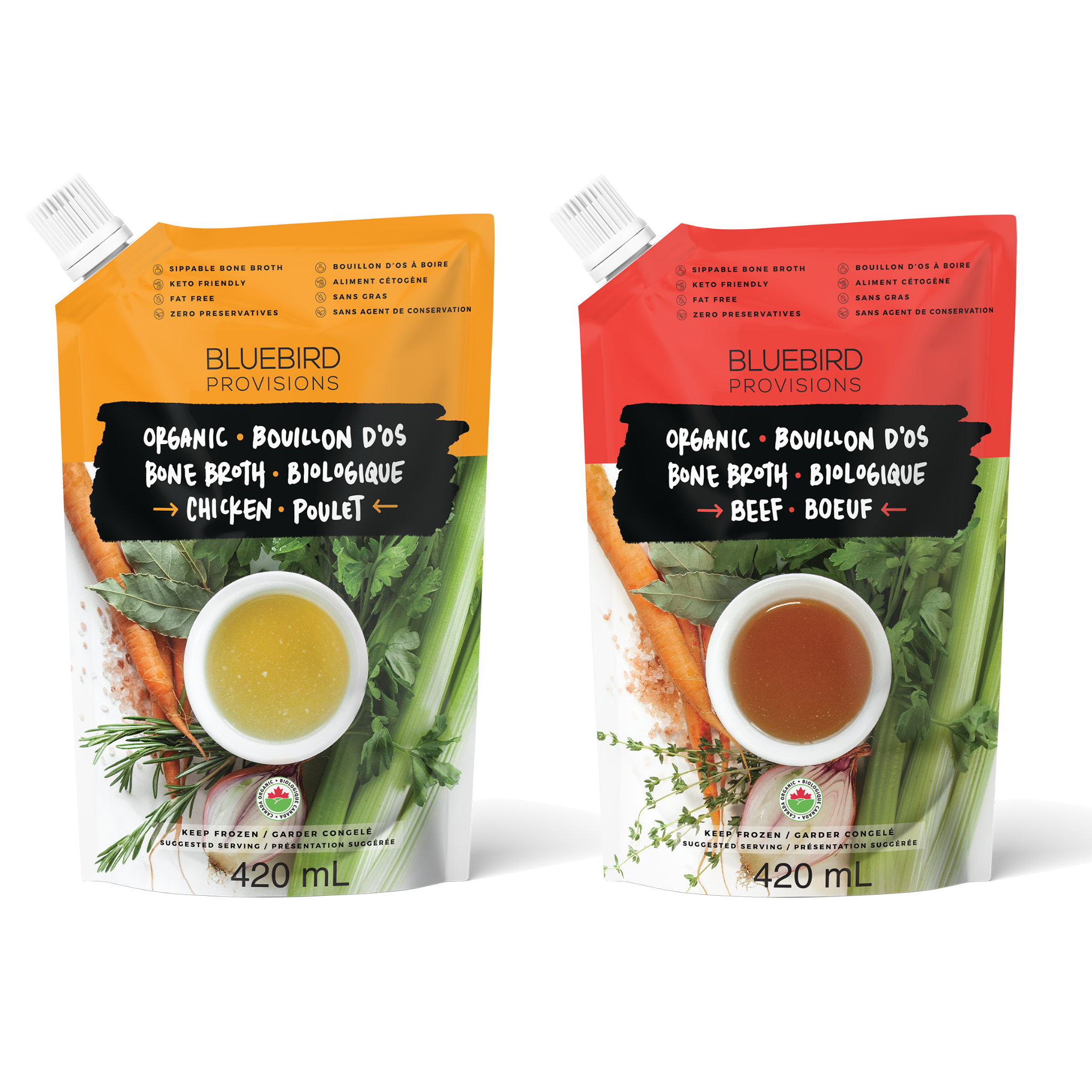
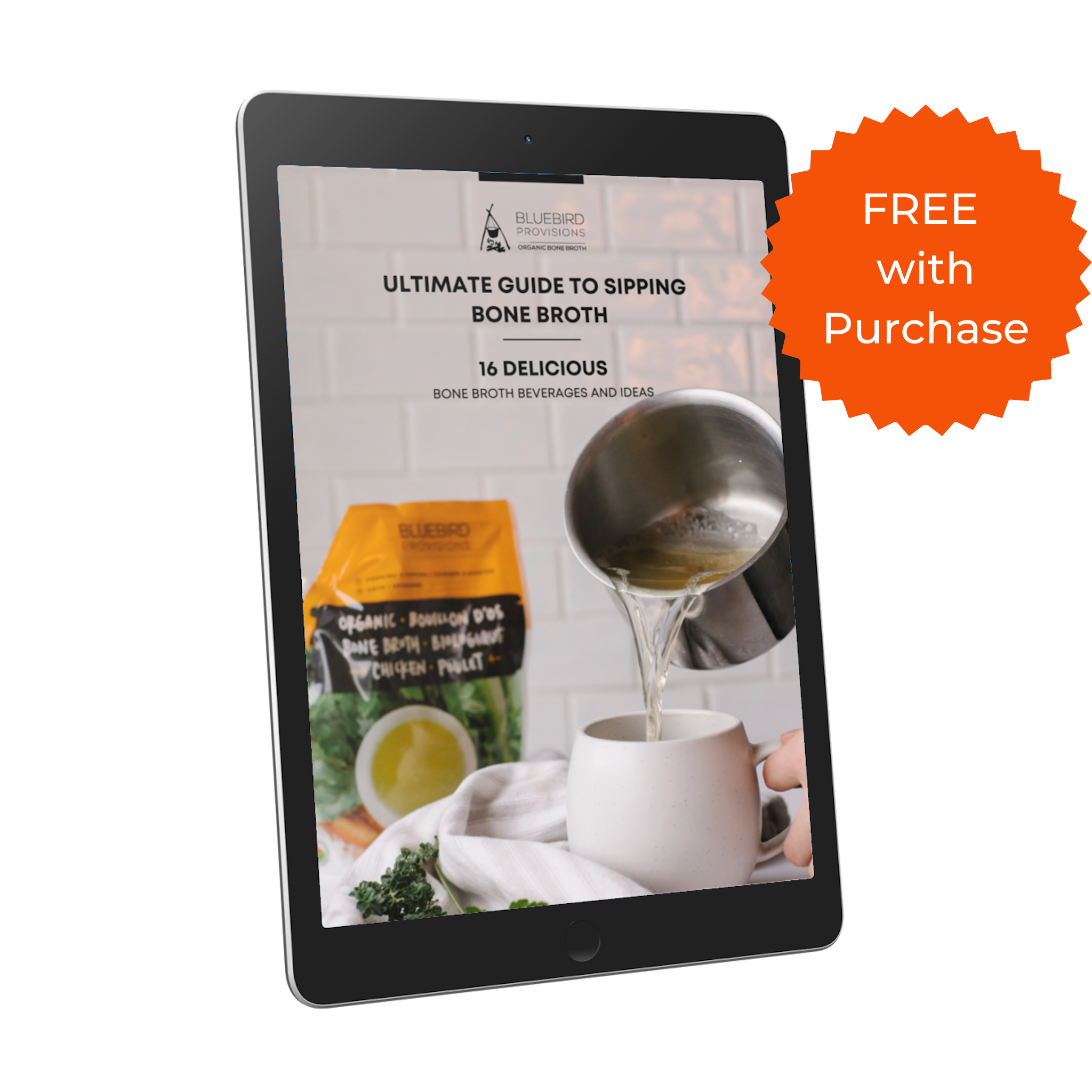
Leave a comment
This site is protected by hCaptcha and the hCaptcha Privacy Policy and Terms of Service apply.